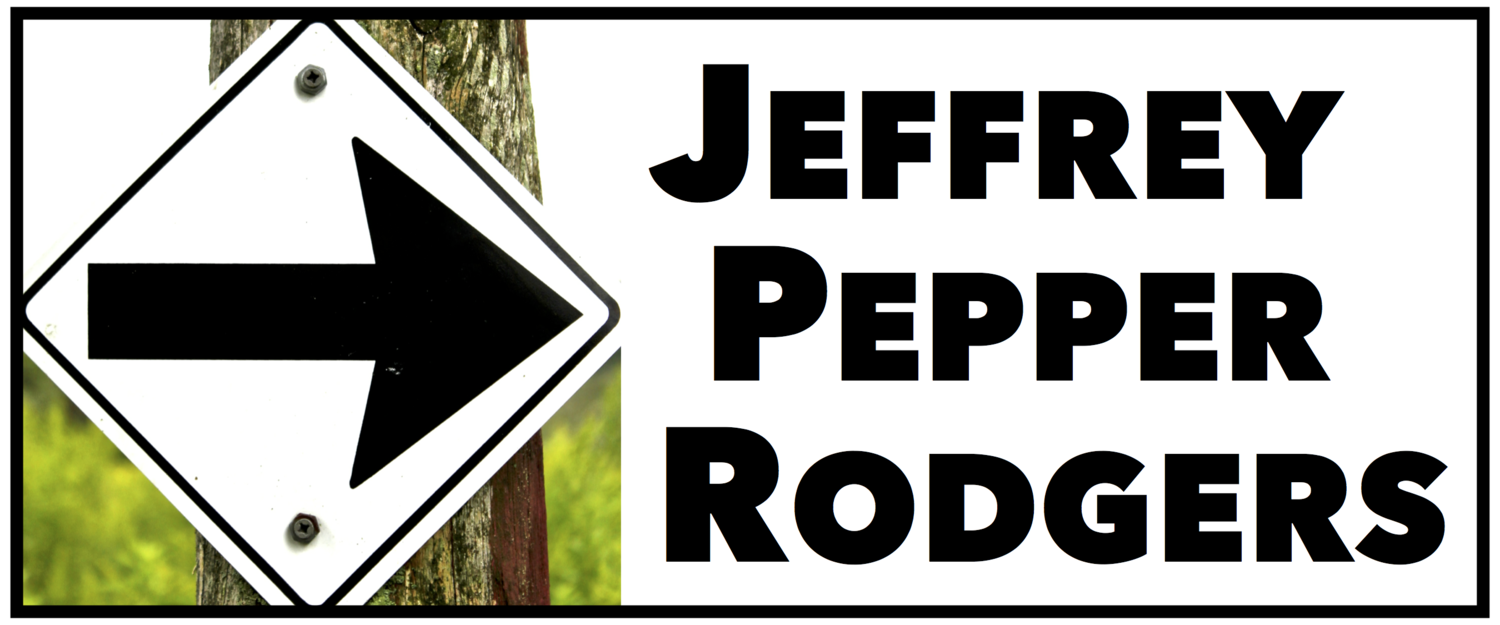Lucinda Williams interview and guitar lesson
One of the pivotal moments in the musical life of Lucinda Williams happened long before she started playing guitar.
She was around six years old, living in Macon, Georgia, and her father took her downtown to hear a street musician he’d discovered—a blind preacher named Pearly Brown, who sang gospel blues songs with propulsive six- and 12-string guitar and bottleneck slide.
“I remember standing there and holding my dad’s hand, listening to this guy sing, and just being in utter amazement and bewilderment,” Williams recalled. “It was so primal.”
Brown’s music, heavily indebted to slide master Blind Willie Johnson, was Williams’ gateway to the world of country blues. And that music has inspired and guided her ever since, over her more than 40-year career as a singer-songwriter.
Williams is often described as a progenitor of Americana, an artist who blended folk, country, and rock before there was a marketing label for that combo. And she’s got the Grammy Awards to prove it: 1993 Best Country Song (“Passionate Kisses”), 1998 Best Contemporary Folk Album (Car Wheels on a Gravel Road), and 2001 Best Female Rock Vocal Performance (“Get Right with God”). But blues and gospel run deep in her songwriting, as you can hear throughout her discography, from the gutbucket one-chord blues “Joy” to the spooky “Pray the Devil Back to Hell” from her latest album, Good Souls Better Angels.
At 68, Williams is an icon of American songwriting, an inspiration to several generations of musicians for the way she’s married the unvarnished sounds of roots music with a Southern literary sensibility. Through it all, she has developed a sturdy and distinctive rhythm guitar style, usually on a well-traveled Gibson J-45, that supports all of her songs, from brooding ballads to ragged rockers.
I recently connected with Williams by phone from her home in Nashville to learn more about her approach to songwriting and guitar, at what turned out to be strange time for an Acoustic Guitar interview. Not long before our conversation, she went public with the news that back in November 2020, she had a major stroke. Though her speaking and singing were unaffected, she was continuing to deal with arm and hand pain and struggling to relearn the guitar essentially from scratch. “I can make the chords, but I can’t make my hand move between chords as quickly as it did before,” she said. “I feel like when I first took guitar lessons.”
Despite this unfortunate context, Williams gamely shared thoughts on her musical inspirations and idiosyncratic guitar style.
Find the complete interview and lesson, with examples based on some of her best-known songs, in the book Play Guitar Like the Great Singer-Songwriters as well as in the September/October 2021 issue of Acoustic Guitar.
Here are the songs covered (as heard in the companion Spotify playlist):
Ramblin’ on My Mind (Robert Johnson)
Side of the Road (capo 4)
Sweet Old World (capo 2, as revisited in 2017)
Car Wheels on a Gravel Road (capo 4)
Jackson (capo 3)
Fruits of My Labor (capo 1)
Ghosts of Highway 20
Pray the Devil Back to Hell (capo 3)
You Can’t Rule Me (capo 3; rewrite of a Memphis Minnie song, also included in playlist)
Passionate Kisses (capo 4)
Dig deeper
Check out this video lesson on the “Passionate Kisses” guitar hook—as played on Williams’ original recording as well as on Mary Chapin Carpenter’s Grammy-winning cover.



